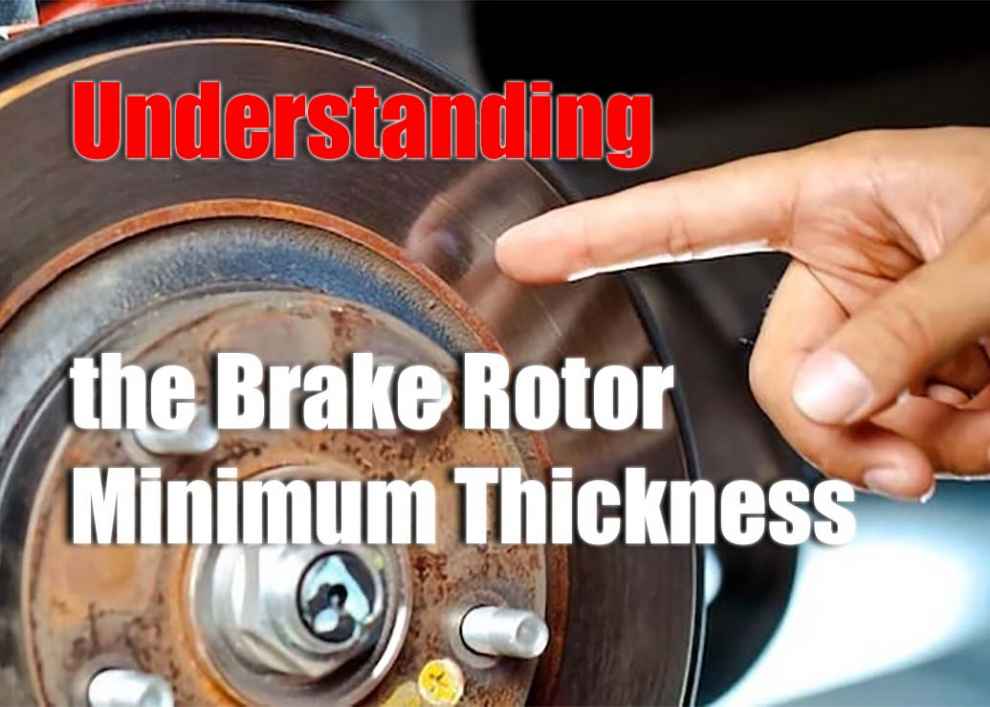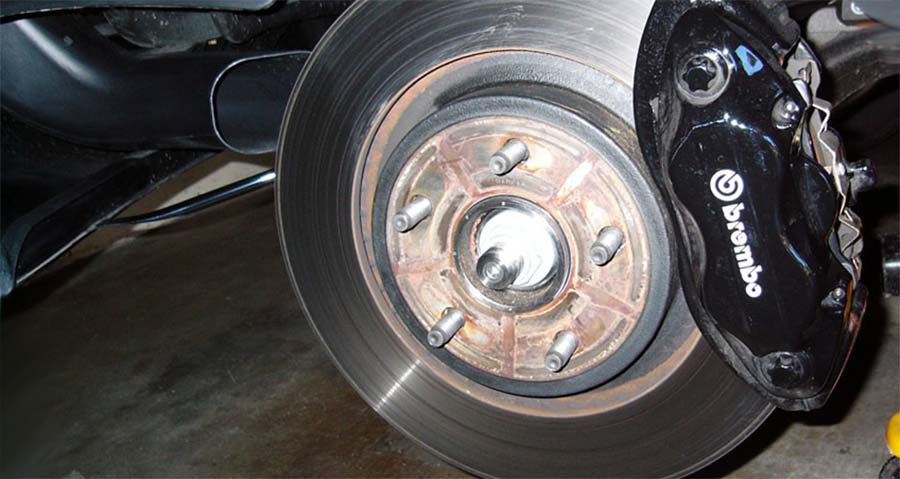Brake rotors are a key component of your car’s braking system. They are metal disks that spin along with the wheels and help slow down or stop the vehicle when you hit the brakes. The rotors act as a friction surface while also dissipating heat. In order for them to work properly, they must have a certain thickness so they can handle high speeds and intense pressure.
What Is the Brake Rotor Minimum Thickness Chart?
The brake rotor minimum thickness chart is designed to help you determine the minimum thickness your rotors should be in order to be safe and effective for use. It lists the recommended minimums for different kinds of cars, such as sedans, SUVs, trucks, and more.
| Brake Rotor Minimum Thickness Chart | |
| Sedans | 11 mm |
| SUVs/Crossovers | 14 mm |
| Trucks/Vans | 17 mm |
Why Is It Important to Follow This Chart?
It’s important to follow this chart because if your brake rotors aren’t thick enough, they won’t be able to handle the intense pressure and heat generated by braking at high speeds. This can lead to poor stopping power, increased wear and tear, and even accidents. Additionally, if your rotors are too thin, they may be prone to warping or cracking due to excessive heat. Also read How Long Do Brake Rotors Last.
Types of Cars and Their Respective Measurement Needs
It’s important to keep in mind that the size of a car’s brakes can vary based on its type. For example, larger cars like SUVs or trucks may need thicker rotors than sedans in order to handle the extra weight and power. Additionally, some cars may require special care when measuring their thickness; for instance, some high-performance vehicles with large brakes can benefit from a professional inspection before installation.
Conclusion
The brake rotor minimum thickness chart is an invaluable resource for ensuring that your car’s brakes are functioning properly and safely. It’s important to remember that the recommended minimums vary based on vehicle type and size, so make sure you check your specific car model before making any changes. Following these guidelines can help you avoid costly repairs or accidents down the road due to worn-out brake components.


Add Comment